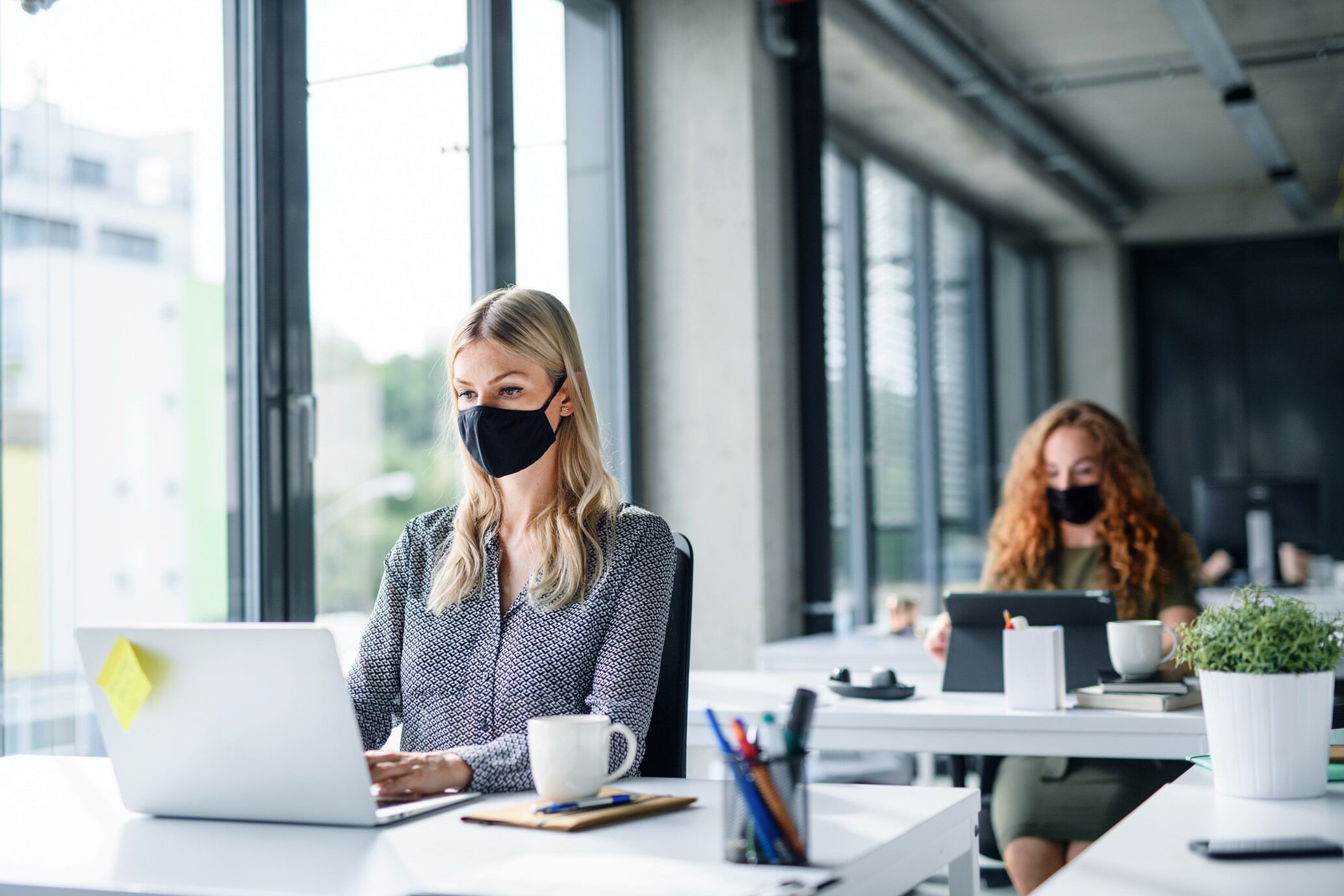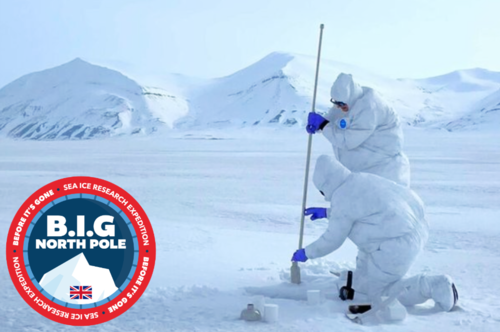CIBSE Ventilation Guidance During COVID-19
Version 4 of CIBSE’s COVID-19 ventilation guidance
The Chartered Institute of Building Services Engineers (CIBSE) has released further guidance on ventilation within buildings during the COVID-19 pandemic, more specifically, adapting ventilation arrangements during the heating season.
The winter season brings new challenges for building
managers trying to minimise the COVID-19 risk, while maintaining occupant
comfort. Since the beginning of the pandemic, there has been a growing body of
evidence to suggest aerosol transmission of SARS-CoV-2, particularly within
poorly ventilated indoor spaces. CIBSE acknowledges this, and in May released a
COVID-19 Ventilation Guidance document, alongside a suite of further guidance
for building operators emerging from lockdown.
The basis of the guidance was to ensure that as much outside air as is reasonably practicable is provided to indoor spaces, in order to dilute any potential airborne virus particles. The principle behind increased ventilation rates was something that could readily be accommodated in most instances, given that the UK was entering a period of warmer weather, however, there has always been an acknowledgement that what is deemed reasonable in the spring/summer months may not be reasonable as cooler weather approaches.
Evidence has continued to mount supporting that airborne
aerosol transmission is most prevalent in poorly ventilated indoor spaces, but
there is also a realisation that ventilation should be weighed against other
factors such as thermal comfort and energy consumption. There is therefore a
balance of benefits to be considered when determining what is reasonable whilst
providing as much outside air as possible.
CIBSE’s latest update to its COVID-19 ventilation guidance,
explores this further, and emphasises that the ventilation strategy should
achieve the equivalent minimum provision of outside air ventilation for the
space over the occupied period, as defined in current standards, and
ventilation rates beyond this should ensure thermal comfort is not
significantly compromised.
Recirculation of air from one space to another is not desirable and should be avoided wherever possible. However, it is recognised that in certain weather conditions, closure of recirculation dampers within certain systems can lead to unsatisfactory thermal conditions of the supply air and, consequently, a reduction in the rate of supply of outside air to the occupied spaces to levels below what is deemed adequate in current standards (10 l·s-1 per person for typical offices). In such instances, there is a balance of risks to be considered with recirculation; the increased risk of cross contamination between rooms/zones and the reduced risk of contaminant build-up as a result of maintaining adequate levels of outside air. It is recommended that recirculation is used if this is the only way of maintaining adequate levels of outside air to occupied spaces without causing undue occupant thermal discomfort.
Natural ventilation that can be reasonably provided during the winter months is likely to be less than in the summer due to the impacts on indoor air temperature and occupant comfort. In winter, the driving forces for natural ventilation, pressure differences caused by wind and differences in temperature between indoors and outdoors, are usually greater and so, to deliver the same flowrate, openings do not need to be opened as wide. Opening of just high-level vents, rather than low and high level vents, can encourage more mixing of the outside air with indoor air, tempering the incoming air before reaching the occupied zone. This can allow more outside air to be introduced to the space without impacting too adversely on occupant comfort.
Where natural ventilation openings are the only mechanism
for introducing outside air into a space, it is important not to close them
completely when the spaces are occupied, as doing so can result in low
ventilation rates and an increased risk of virus transmission.
Regenerative rotary air to air heat exchangers (enthalpy or thermal wheels) by their design, house the possibility that viral material could become absorbed on the surfaces of the wheel and be transferred into the supply airflow. However, there is no evidence of this happening to date, and the risks of such viral transfer are outweighed by the need to maintain ventilation rates. If adequate ventilation rates with suitable thermal comfort can be provided without use of the regenerative rotary heat exchanger, it is advisable to bypass the system, if such provision is available or, if no bypass is available then the rotor should be turned off.
The heat recovery function is usually integral to the system design, in terms of simultaneously delivering adequate airflow and meeting heating or cooling demand. If the only way to provide adequate and safe outside airflows is by using the thermal wheel, it is advisable to turn the rotor on. Not doing so will result in a greater build-up of any indoor viral contaminant. The expected reduction in dilution of any potential indoor viral source with inadequate ventilation flowrates is considered to be a greater risk for viral transmission than the potential for viral transfer across the thermal wheel.
Turning the rotor on will also improve thermal comfort
conditions and has the added benefits of maintaining the energy efficiency of
the system and helping to maintain appropriate humidity levels in the building.
The key actions from CIBSE’s updated ventilation guidance is as follows:
Understand your ventilation system
Identify poorly ventilated spaces or areas
Increase the ventilation rate as much as is reasonably possible; this may require changes to CO2 set points (for both mechanical ventilation and automated windows)
Avoid recirculation/transfer of air from one room to another, unless this is the only way of providing a sufficient rate to all occupied rooms
Recirculation of air within a single room, where this is complemented by an outside air supply, is acceptable as this helps to provide more outside air to occupants and can help to maintain thermal comfort
Where thermal (or enthalpy) wheels are installed to recover heat, then a competent engineer/technician should check, that the configuration and operating conditions are such that any leakage across the device is from the supply side to the extract side, to minimise the risk of transferring contaminated air into the supply
[Please note that the information provided within this guidance document is based on knowledge available at the time of writing - 4th November 2020].
Return to topLatest Articles
Evotech sponsors BIG North Pole Sea Ice Research Expedition
Read More >Evotech expands its footprint with new London hub
Read More >Government launches Occupational Health Taskforce
Read More >200 schools in London to have air filters installed in classrooms
Read More >




